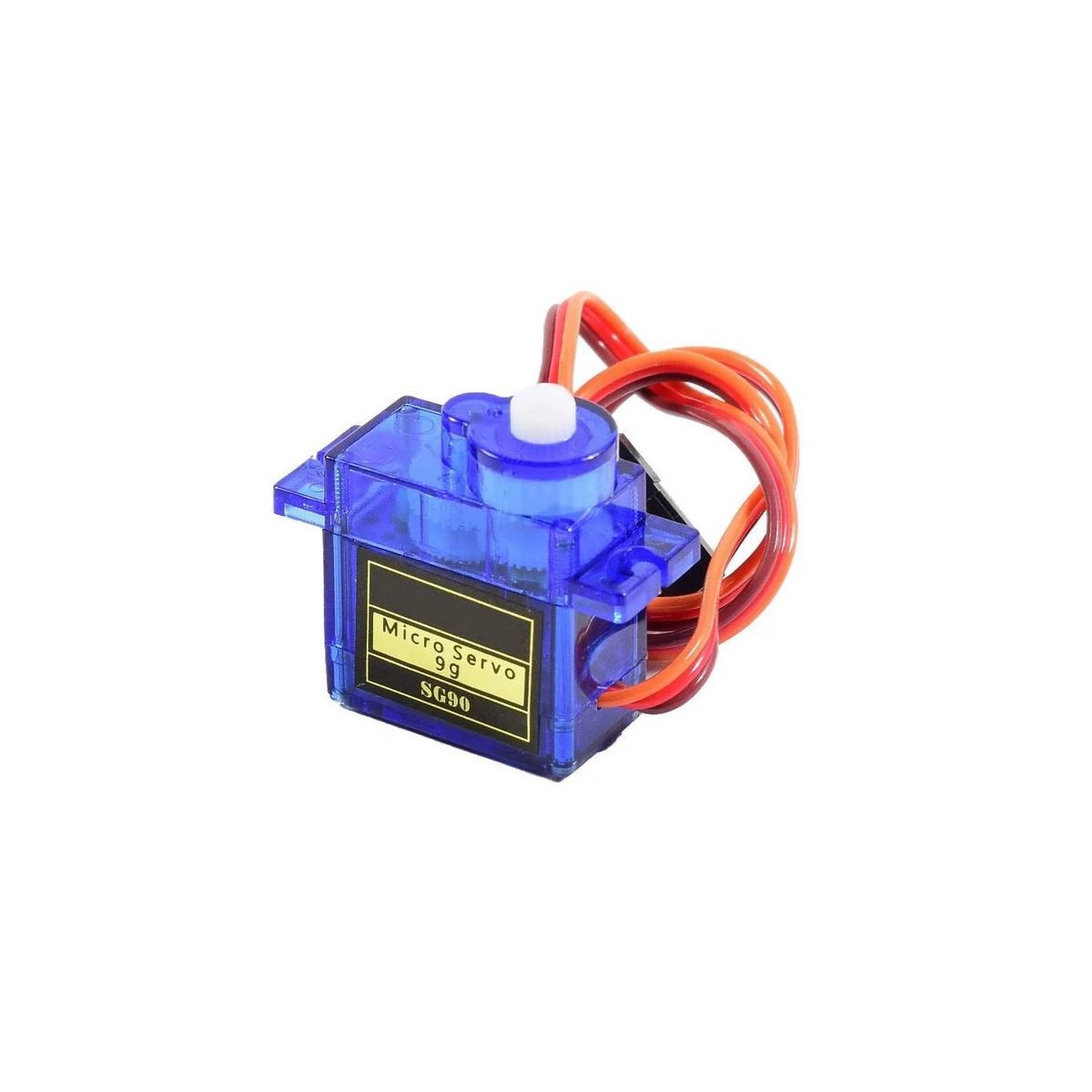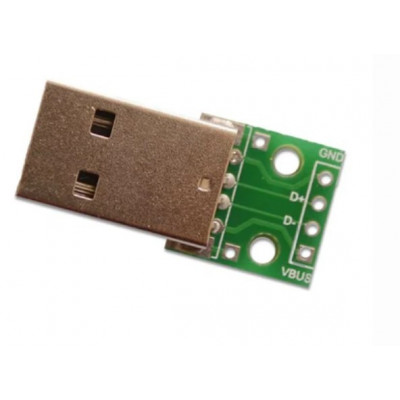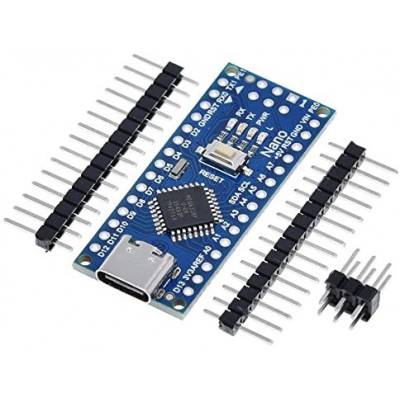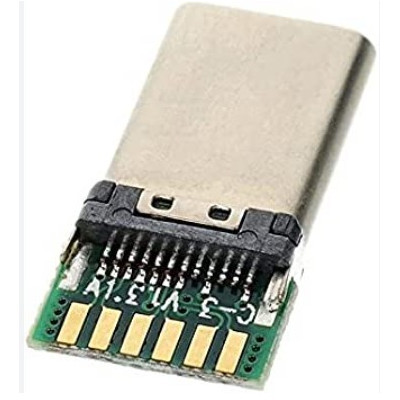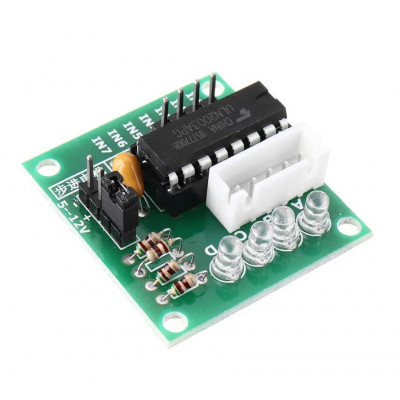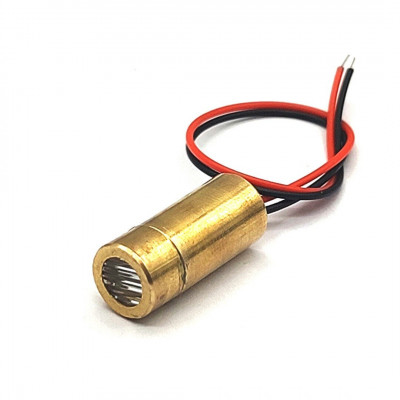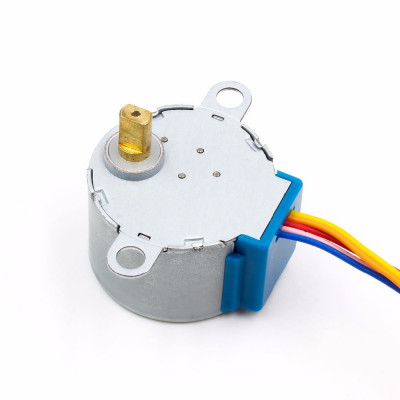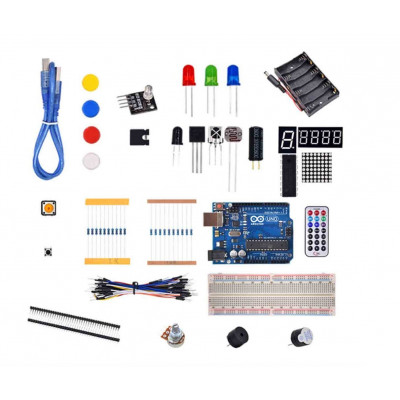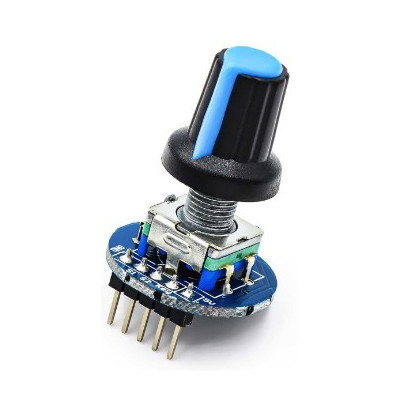Tower Pro SG90 9gram 180Degree Micro Analogue Servo
This mini servo only weights 9 grams and gives you a 1.6kg cm torque 180Degrees. Ideally suited for Arduino projects to create motion.
This Servo Is an Analogue Servo.
Controlling Servo Motors with PWM
Pulse width modulation (PWM) sends an electric pulse of variable width to the motor. With PWM there is a minimum pulse, maximum pulse, and a repetition rate. The rotor will turn to the desired position based on the duration of the pulse. When servos are commanded to move, they move to the position and hold the position.
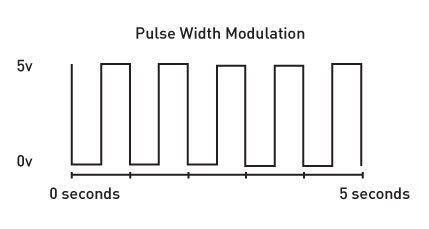 Pulse Width Modulation Graph for Servo Motors
Pulse Width Modulation Graph for Servo Motors
Analog and digital servo motors look exactly the same. The difference is in the way they signal and process information.
Analog Servos operate based on voltage signals that come through the pulse width modulation (PWM). When an analog servo is at rest, the PWM is essentially off unless you transmit some action. Producing torque from the resting mode makes the initial reaction time sluggish. This delay in torque isn’t ideal for advanced applications.
Digital Servos use a small microprocessor to receive and direct action at high-frequency voltage pulses. The digital servo sends nearly six times the amount of pulses an analog signal does. These faster pulses provide consistent torque for quicker and smoother response times. It’s important to note the faster pulses require more power emission from the motor.
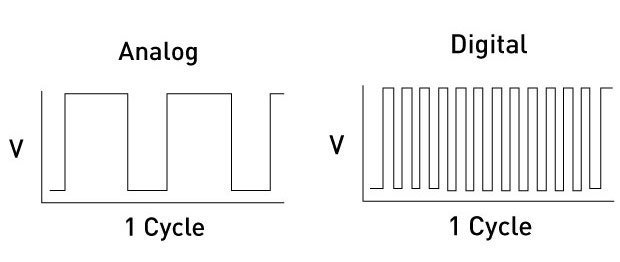 Analog Servo Motors vs Digital Servo Motors Pulse Width Modulation
Analog Servo Motors vs Digital Servo Motors Pulse Width Modulation
No customer reviews for the moment.

